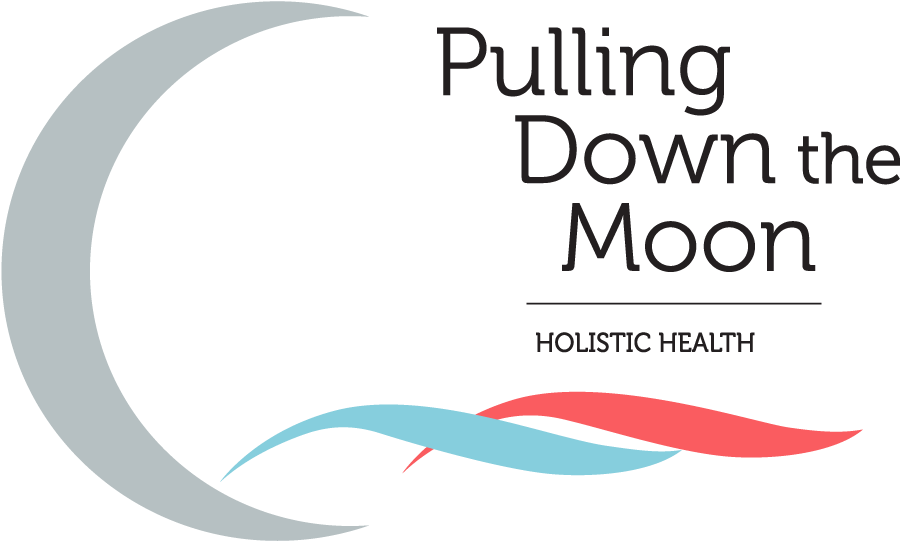Understanding Thin Uterine Lining: Causes and Solutions

A common setback to a successful fertility cycle is a thin endometrium, or uterine lining. In the case of IVF, some cycles never make it to transfer because the endometrium is too thin. Reproductive Endocrinologists usually like to see the lining at least 7-8mm by the time of transfer, with a ‘trilaminar’, or three-layered appearance on an ultrasound. Why does the uterine lining sometimes not grow and thicken throughout the follicular phase as it should?
A few common causes include:
- – poor pelvic blood flow
- – pelvic blood stagnation
- – low BMI
- – estrogen deficiency
- – uterine fibroid(s)
- – adhesions or scar tissue in the uterus
- – endometritis (infection of the endometrial cells) or adenomyosis (a condition whereby the uterine lining grows into the muscular wall of the uterus)
Pelvic blood flow and blood stagnation are two sides of a coin: closely related in some ways, and in other ways complete opposites. For example, someone who never exercises and works a desk job may suffer from blood stagnation; her sedentary lifestyle keeps the pelvic cavity ‘swampy’ in it’s consistency. On the other side of the ditch, the high-intensity, cross-fit, marathon-running athlete is sending much of her blood flow to her extremities (not to mention flooding her body with adrenaline, cortisol, and other stress hormones that may interrupt her hormone balance). Both of these women might end up with a thin uterine lining, for the exact opposite reason.
In other cases blood stagnation can actually CAUSE poor blood flow. Adhesions in the uterus can be the result of trauma or internal infection, but can also be the result of a sedentary lifestyle and blood stagnation. These adhesions can result in lowered circulation, and a thin uterine lining.
Other causes of thin lining can also be related, where one causes the other or several cluster together in a constellation of symptoms. For instance, uterine fibroids are more common in an environment with poor circulation. But, the scar tissue that can result from uterine fibroids can create more blood stagnation and circulatory challenges, resulting in: poor circulation. Likewise, low BMI may cause estrogen deficiency and other hormonal imbalances. Low estrogen may also create other body weight challenges.
Mind boggled? I don’t blame you. But if any of these scenarios sound familiar, take heart. First of all, you do not need to have the ‘perfect uterus’ (if such a thing exists) to get pregnant. I’ve personally had clients with a lining as thin as 4mm achieve a successful implantation and pregnancy (and who now have healthy babies).
And the silver lining is that there are a number of positive, holistic choices you can make to give your endometrium a boost:
- – if you’re concerned about a low BMI, consider gaining weight. Fat cells produce estrogen, and estrogen helps build the lining! That’s not an invitation to gorge yourself on milkshakes and cheetos (wouldn’t that be nice?) – see a nutritionist to help guide you to a healthy BMI, using a anti-inflammatory diet filled with healthy fats.
- – while you’re at it, ask that nutritionist about things to avoid, and also supplements that can support your lining. Some research suggests Vitamin E (included in a good prenatal vitamin) and L-arginine may support a thick uterine lining, while substances such as caffeine and nicotine are known to restrict blood flow, possibly thinning it.
- – choose low-intensity, moderate exercise options, such as gentle (non-heated) yoga, swimming, walking, or the elliptical machine.
- – thermal therapy, hip stretches/openers (including some fertility yoga poses you can use now!), femoral massage, and other self care techniques can help improve pelvic blood flow
- – receive a manual therapy, such as, Fertility Enhancing Massage (FEM), or Mercier Therapy (available at PDtM from Meredith Nathan), to reduce adhesion in the abdomen and increase pelvic blood flow. Your FEM Practitioner, exclusively at Pulling Down the Moon, can also teach you further self care techniques to help boost your blood everyday! Try a sample of these self-care fertility massage techniques today!
Discuss With Us
Our Latest Resources

Questions or comments?
We would love to hear from you!
Fill out our form below and we will be in touch. We are open 7 days/week.
Footer Form
Thank you for contacting Pulling Down the Moon.
We will get back to you as soon as possible.
Oops, there was an error in sending your message.
Please try again later.
Visit Our Centers
Chicago (River North)
Highland Park
Resource Links
Copyright ©2021 Pulling Down the Moon Holistic Health | All Rights Reserved


